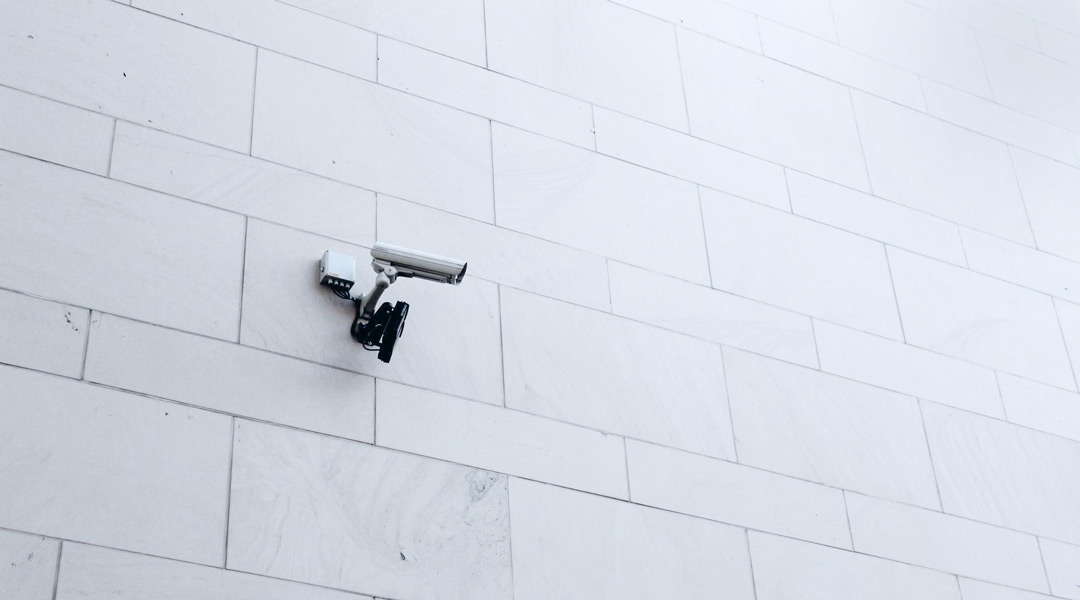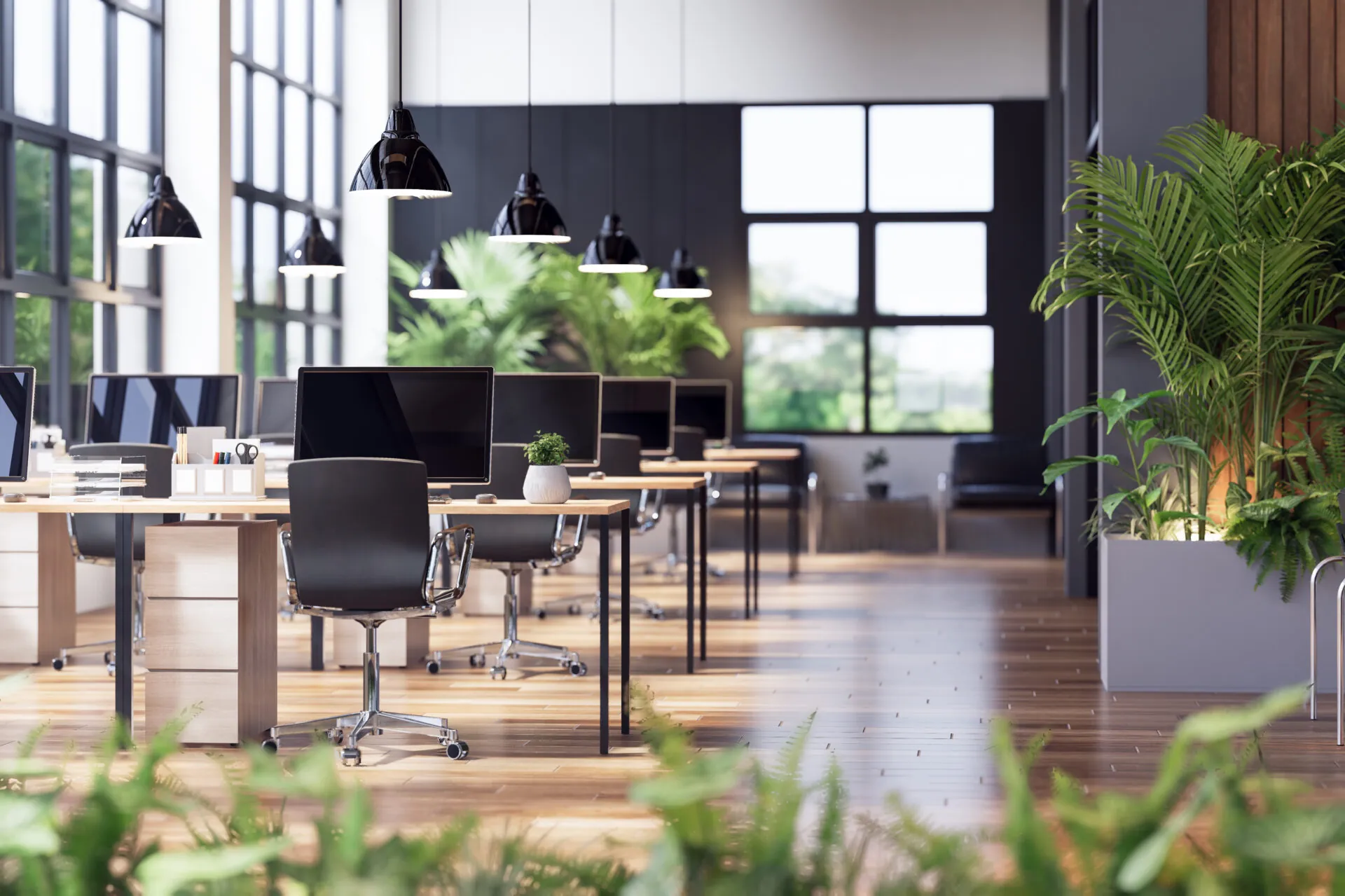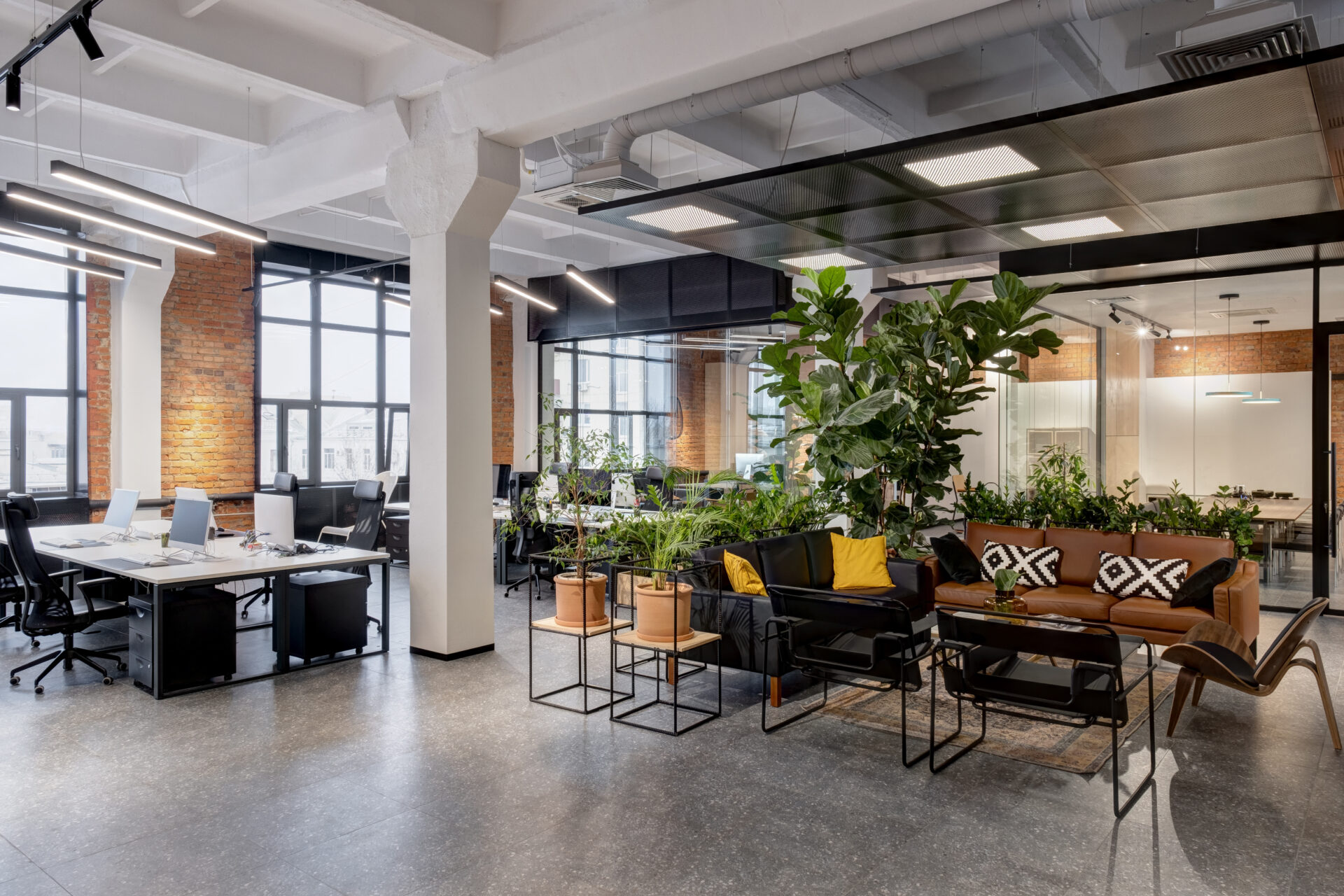
Protecting Personal Information Privacy: Anonymous Workspace Occupancy Sensors Instead of Cameras
The right to privacy in the workplace has become a hot-button legal and ethical issue. As technology evolves to better automate, codify, and streamline our work, so do the increasingly intrusive methods by which our lives are monitored—both online in the real world. Detailed information about the workplace is invaluable for it’s cost-saving applications, but concealed cameras and microphones, email monitoring, even subdermal identification devices are all real examples of the ways companies might be violating the rights of their workers. The answer lies in a new type of smart office monitoring tech built according to Privacy-by-Design (PbD) principles.
Cameras are Bad for the Workplace
Cameras have long been the default method for workplace monitoring—and are often viewed with disdain. A 2019 study examined the threat posed by cameras to the security and privacy of a workforce, and began by measuring public sentiment to various data-collection methods.
“Cameras, for instance, are commonly regarded as highly privacy-sensitive and therefore often rejected in private rooms. Similarly, microphones, biometric sensors, and GPS data are widely believed to intrude user privacy. By contrast, sensors that do not directly record or locate the user are often considered harmless.”
Monitoring an employee’s every move, along with capturing personally identifying information about them, may not be illegal in every setting, but is generally viewed as an invasion of privacy and an abuse of power in the workplace. Even though image-based data has high efficacy for security and efficiency applications, a workforce that feels monitored and spied on may lack the motivation to perform, negating any positive effects from camera-based systems in the first place.
The same study found that cameras also pose a specific and dangerous threat to IoT hacking. Many modern cameras are designed to both capture the clearest image possible, and connect to WiFi or wired internet connections—meaning that the image information recorded by the camera can be hacked and extrapolated by malevolent actors. Even cameras that digitally obscure the images can be manipulated to extract the raw image file, meaning that the data itself is compromised from the moments of it’s creation.
In a recent example, supermarket chain Kroger was ordered to pay $5 million in damages for a third-party security breach that exposed the private information of past and current employees.
According to the same 2019 study, “Sensor data collected through consumer IoT devices is particularly sensitive when it can be linked to the real identity of the user. In scenarios where data is accessed by untrusted service providers or device manufacturers, identifying information such as name, address and bank account is often already available to them from the respective service or purchase agreement.”
As hackers become more sophisticated, and as courts around the world continue to bolster employee privacy laws, the use of cameras to collect workplace data may go from standard practice to potential liability.
Occupancy Sensors and Privacy by Design Principles
For business owners and facilities managers, the question of how to accurately collect workplace analytics without compromising employee privacy lies in data collection tools that are built according to PbD concepts. R-Zero’s Office Occupancy sensors rely on Infrared Radiation detection and AI to record when someone comes near them, foregoing the need for cameras or other image-based recognition.
For instance, a series of R-Zero’s WorkPoint sensors can accurately monitor when a desk or workspace is occupied in real-time, or a single WorkSpace Counter could be mounted overhead in a conference room to detect the number of occupants—all without capturing identifying information like their faces, voices, or even relative size.
The results are a set of comprehensive and totally anonymous data points with myriad cost-saving applications, like socially distanced seating charts, enhanced conference planning, or HVAC integration for optimal energy-saving.
The biggest difference between cameras and Occupancy Sensors is that the latter are built with privacy as the default setting—meaning that any data collected is anonymous from the moment of its creation and can’t be manipulated after the fact to compromise your workplace.
These kinds of PbD principles mean that R-Zero’s sensors retain full functionality without becoming a weak point for hackers to exploit. R-Zero’s live dashboard can display space usage and daily heat maps in real-time, without the threat of cyber attack or breach threatening your workforce’s safety.
R-Zero’s Occupancy Sensors for offices are also immune to back-end data hacking, as all of the data collected in your workplace is encrypted from the hub at your office to the servers at R-Zero.
Making the Switch
Even companies with the best intentions for their workers’ rights and safety can inadvertently fall into the liability and ethical (and sometimes legal) quagmires of depending on cameras in your office. With modern technology, however, all of the benefits of cameras are easily replicated by smart, PbD office tools like R-Zero’s Occupancy Sensors.
Office managers can take a simple roll call with the glance of a screen, monitor heavily trafficked and unused areas in turn, or even create custom janitorial maps of which areas need deep cleaning. The small, battery-powered sensors attach to desks, workspaces, or meeting rooms, and are so small that your employees won’t even notice their presence. When compared to the obviously intrusive nature of a camera, Occupancy Sensors are safer, more cost-effective, and better for business.
More posts you might like
-

Why should I improve indoor air quality (IAQ) & indoor environmental quality (IEQ) in my buildings?
The Importance of Healthy Indoor Air Quality Clean air and proper ventilation indoors is crucial for the creation of high-performance work places, classrooms, and healthcare environments. It’s also essential in fostering comfort, productivity, and well-being for your building occupants. Imagine walking into a building optimized for health and comfort. The air feels fresh and light. […]
-

How to Improve Indoor Air Quality in Your Buildings
As a building owner or operator, ensuring optimal indoor air quality (IAQ) in your spaces is essential for the well-being and productivity of your tenants and occupants. To help you get started, here’s a guide to ensure you are meeting indoor air quality standards across your real estate portfolio. Understanding Indoor Air Quality Standards To […]
-

The importance of indoor air quality testing in office buildings
In today’s workplace, ensuring a healthy and productive environment for employees is crucial. One of the most significant factors influencing workplace well-being is indoor air quality (IAQ). As part of our focus on smart buildings, R-Zero offers advanced indoor air quality testing solutions like the R-Zero IAQ Monitor, designed specifically for enhancing occupant comfort and […]

